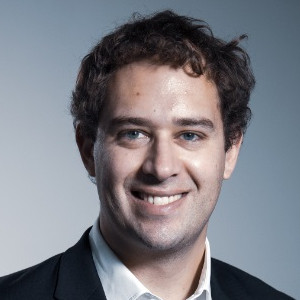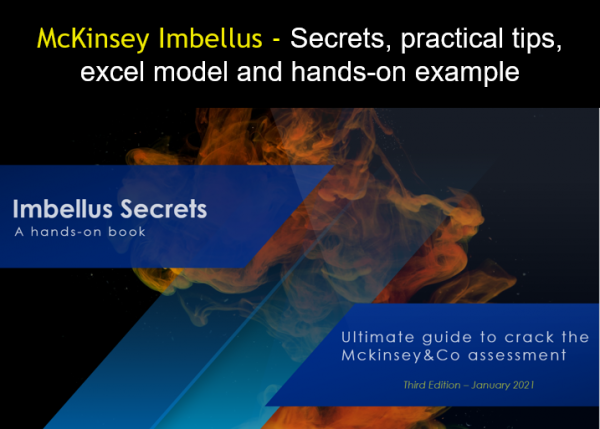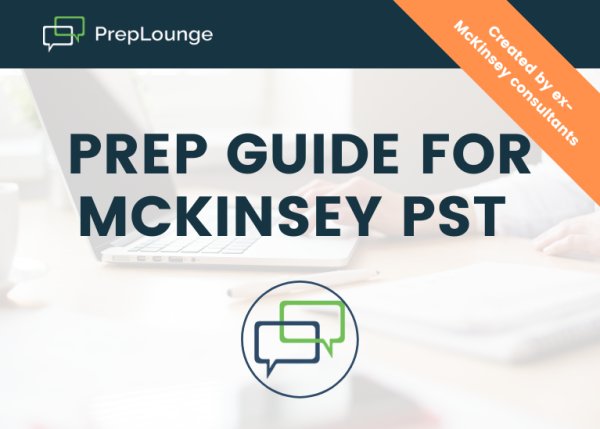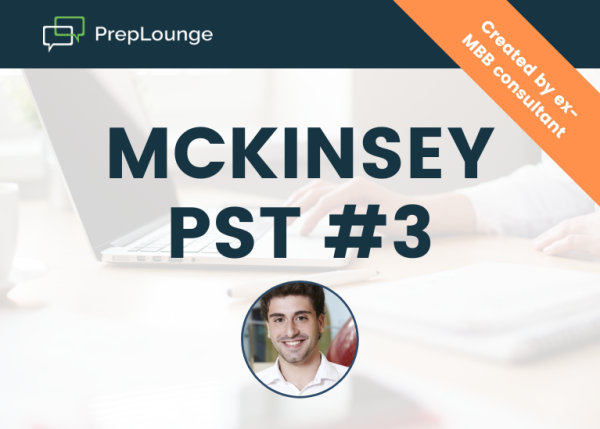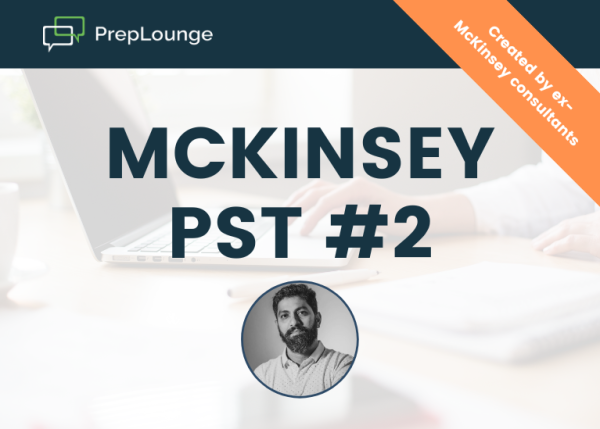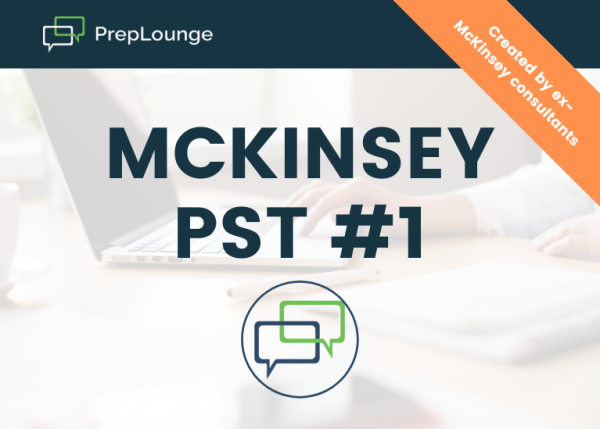Any tips on how to crack/practice numerical parts of case interviews? Any "standard" framework to apply?
Übersicht der Antworten
Hi Anonymous,
in terms of how to approach math in the case, this is what I would recommend:
- Repeat the question – candidates sometimes do mistakes answering the wrong question in the math part
- Present how you would like to proceed from a theoretical point of view (you may ask for time before presenting if you initially don't know how to approach the problem)
- Ask for time and perform the first computations
- Present the interviewer interim steps to keep him/her aligned – don’t just say the final number
- Continue with the computations until you find the final answer
- Propose next steps on the basis of the results you found
In terms of general math tips, this is what I would recommend:
- Use correctly 10^ powers in your math computation. For example 3.2B/723M can be transformed in 3200*10^6/732*10^6, which makes it easier to deal with math
- Ask if it is fine to approximate. When you have to deal with math in market sizing, and sometimes even in business cases, you are allowed to approximate math to simplify the computation. In the previous example, for instance, you could transform the computation in 320*10^7/73*10^7, making the overall computation faster.
- Keep good notes. One of the reasons people do mistakes with big numbers is that they don't keep their notes in order, thus forget/misreport numbers
- Divide complex math in smaller logical steps. This is something you can use for big numbers after the application of the 10^ power mentioned above. If you have to compute (96*39)*10^6, you can divide the first element in 96*40 - 96*1 = 100*40 - 4*40 - 96*1 = 4000 – 160 – 100 + 4 = 3744*10^6
- Use shortcuts for fractions. You can learn by heart fractions and thus speed up/simplify the computation - the most useful to know are 1/6, 1/7, 1/8, 1/9.
Finally, in terms of practice before the interview I would recommend to practice math under pressure - not just math. Many candidates are totally fine with calculating 67% of 67 in a quiet environment, but freeze if you ask this suddenly in a case interview.
To practice for this, try always to use a timer with a strict time constraint when you practice math – this will create pressure and help to replicate the actual environment of the interview.
Hope this helps,
Francesco
(editiert)
Numerical parts of the case study are not designed to be standalone. The objective is to get your level of comfort with the analytical elements of the case, test your problem solving abilities and to know that you can do some basic calculations (with one or two tricky elements to solve). There are a few ways to prep for this
1. Get quick at basic arithmetic - practice multiplications, divisions and squares etc. often. It will take a few hours of practice for your brain to get used to solving these much more quickly which frees up time to focus on problem structuring
2. Spend time upfront thinking about and structuring the problem. The math part of most cases is not the toughest part, the toughest part is truly understanding what the question is asking for and then structuring the solution accordingly
3. Practice different types of problems - some are straightforward estimations (e.g., calculate the number of customers required to break even), some require more time (e.g., how many cars pass through a given bridge at one time) and some are a hybrid. You can never predict what you will get but more practice will let you get comfortable that you can solve these problems.
If you give yourself the flexibility to approach each problem on its own merits vs following a structured framework you will be a lot better off. To do so its the usual answer of practice till you get comfortable with these problem types
Hi,
All good recommendations here. The key tip here - there is a limited number of types of math questions that you can get.
I believe the best way to practice is by taking ALL available casebooks (There are 30-40 casebooks that I know of) and going through ALL the math tasks in these cases. Pls skip the cases, just do the math.
Best!
Hi there,
Francesco's answer is an excellent summary of how to approach the numerical part - it's exactly how it should be done.
Just to make sure, I would like to add to point 5./6.:
- Be sure that you finally answer exactly your interviewer's question. From an interviewer's perspective it's extremely annoying to have candidates do the right stuff and then not giving the very precise answer I was asking for. E.g. when I ask about the % cost savings, I don't want to hear 5.000 USD per unit as an answer. And: C-level execs are usually much less patient in getting their questions precisely answered than your interviews, that's why interviewers look also on such small details like that.
- When it comes to next steps, especially McKinsey is very picky in terms of looking at the big picture (what does this answer mean in the general context of the case/problem we are trying to solve?) and the according "so what", as well as getting specific measures as next steps which are actionable (as usual, in a structured way, like short-term vs. long-term measures, .....).
Hope that helps as additional inputs!
Robert



